2020 Senior Thesis Exhibitions
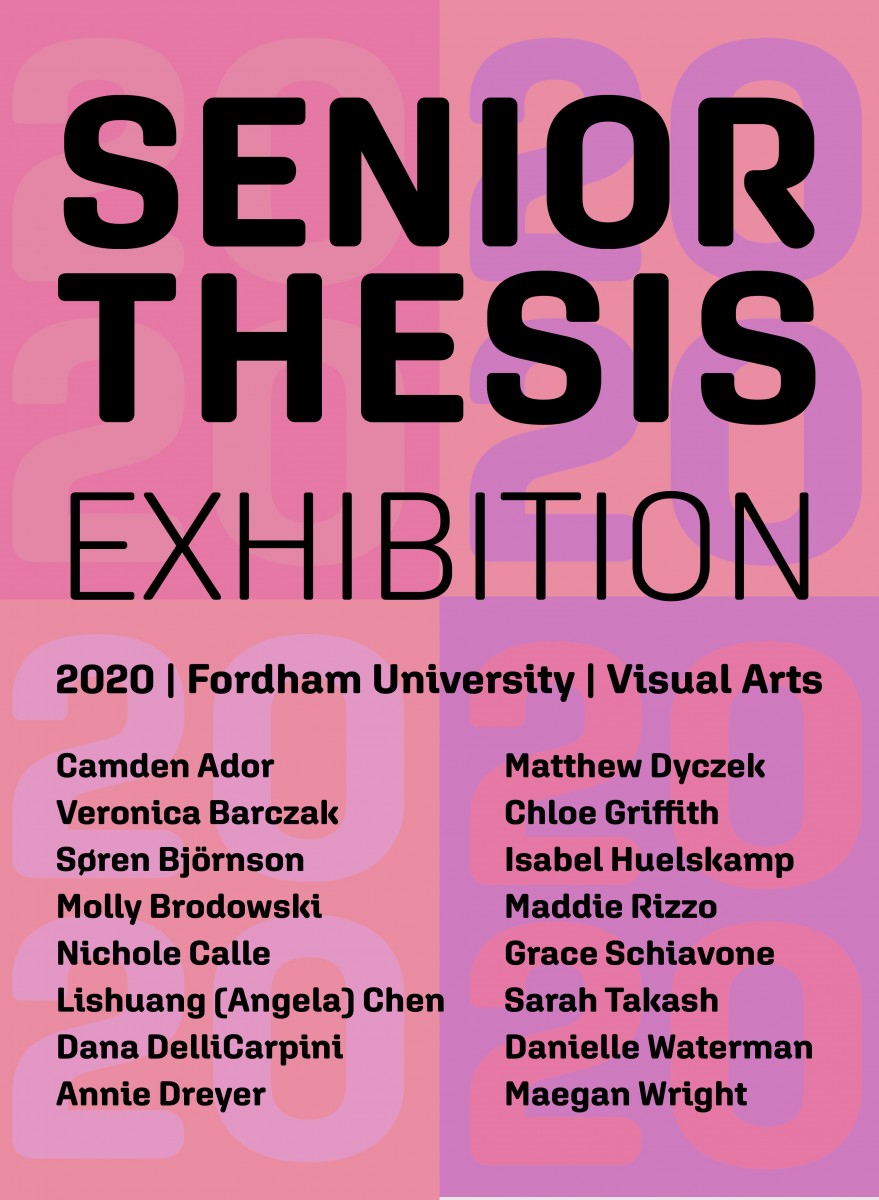

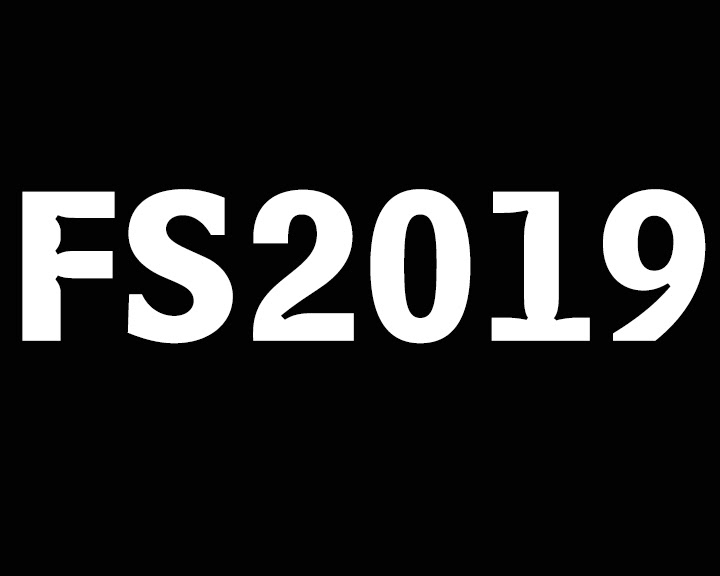
Featuring work by Abby Goldstein, Richard Kalina, Carleen Sheehan
November 25, 2019 – January 5, 2020
The Ildiko Butler Gallery
Fordham University at Lincoln Center MAP
113 West 60th Street at Columbus Avenue
New York, NY 10023
The galleries are open from 9 am to 9 pm every day except on university holidays
fordhamuniversitygalleries.com
The Department of Visual Arts at Fordham University is pleased to present the 2019 installment of the annual Faculty Spotlight Exhibition. Each year three members from the Department of Theater and Visual Art are asked to share a sampling of their production with the Fordham community. This year the Painting concentration is represented by both Richard Kalina and Carleen Sheehan with Abby Goldstein representing the Graphic Design concentration. Despite the differences in their mediums and approaches, their works generate a lively dialogue.
Abby Goldstein

Deep red by the side of the road, 2019, pigment and matte dispersion on paper, 44″ x 30″
My work is shaped by my surroundings; to what I see, to what I read, what I hear, and how I feel. I begin by setting visual guidelines, e.g.: medium, color, form, and size. I then develop a visual narrative using repetitive shapes, linear marks that transverse the picture plane. Improvisation is integral to my process. Each mark informs the next defining the composition as it develops. I move between representation and abstraction; my objective is to suggest an imaginary landscape that is based on environment, observation, and memory.
Richard Kalina

Prospect 9, 2014, 16″x16″, collage, acrylic, flashe on linen
The works in this show are nine out of the twelve paintings in the Prospect series. I began work on them in the early summer of 2014. I had been looking at and thinking about Le Corbusier and visionary, Machine Age architecture. A question arose when I drew and painted these works: were they plans or elevations, diagrams (with rooms and balconies) or fully fleshed abstract images? The paintings are built from a toolkit of components: panels, bars, circles, and complex linear connectors. They are constructed from painted and torn rice paper layered and collaged on linen. There is also a governing, game-like logic — a way of putting a rational order on sets of intuitive processes. In this case, the number of the internal panels matches the number of the color bars (and no color bar repeats) and the circles always come in two of each color. This sounds rather serious, but the paintings are meant to be playful and while they are at it, musical in a baroquely contrapuntal way. Importantly for me, they opened the door to my investigations of abstraction over the last five years.
Carleen Sheehan

detail, Cove (2019), acrylic, gouache, mixed media on canvas, 48″ x 34″
A central focus of CARLEEN SHEEHAN’s work is the intensity of contemporary space, with its accelerated temporal shifts and collaged eccentricities. Recent imagery celebrates the spectacle of the natural, depicting small fragments of ephemera: the movement and density of water, shifts in light, color and atmosphere. The work relies on the inter-connectedness of visual forms and processes across categories and disciplines, and on descriptive qualities inherent to different levels of information.
For further information on the exhibition please contact: Stephan Apicella-Hitchcock
For the Visual Arts Department Blog: click here
For the Visual Arts Department Website: click here
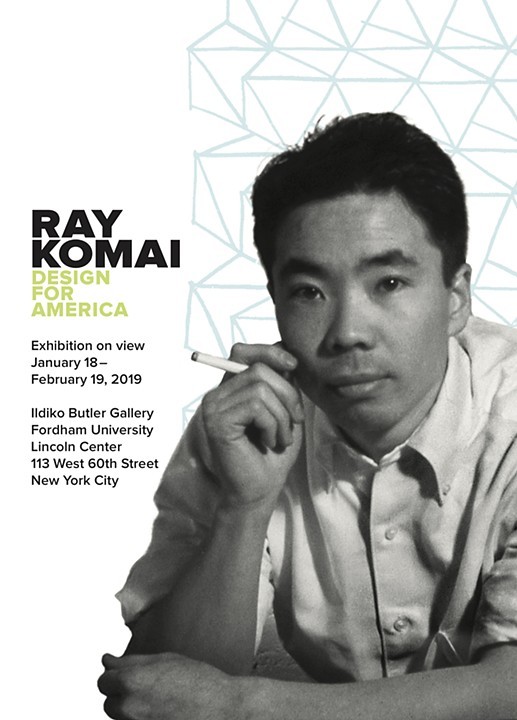
RAY KOMAI
DESIGN FOR AMERICA
Exhibition on view
January 18–February 19, 2019
Reception at the gallery
Friday, January 25, 6:00–8:00 pm
Ildiko Butler Gallery
Fordham University at Lincoln Center
113 West 60th Street
New York, NY 10023
With radiant talent, determined industry, and a cheerful disposition, designer Ray Komai built an unusual career. After forced removal to Manzanar, the World War II incarceration camp for Japanese-Americans, the Los Angeles native designed notable furniture, textiles, and magazines in New York City in the 1940s, 50s, and 60s. He left New York to design exhibitions and publications for the United States Information Service, promoting the country that had once put him behind barbed wire. Komai left behind beautiful work and a career that provides insights into design and nationalism.
image: Ray Komai, c. 1955
© ArtCenter College of Design, Pasasdena, CA
Sponsored by the Visual Arts Department, Fordham University
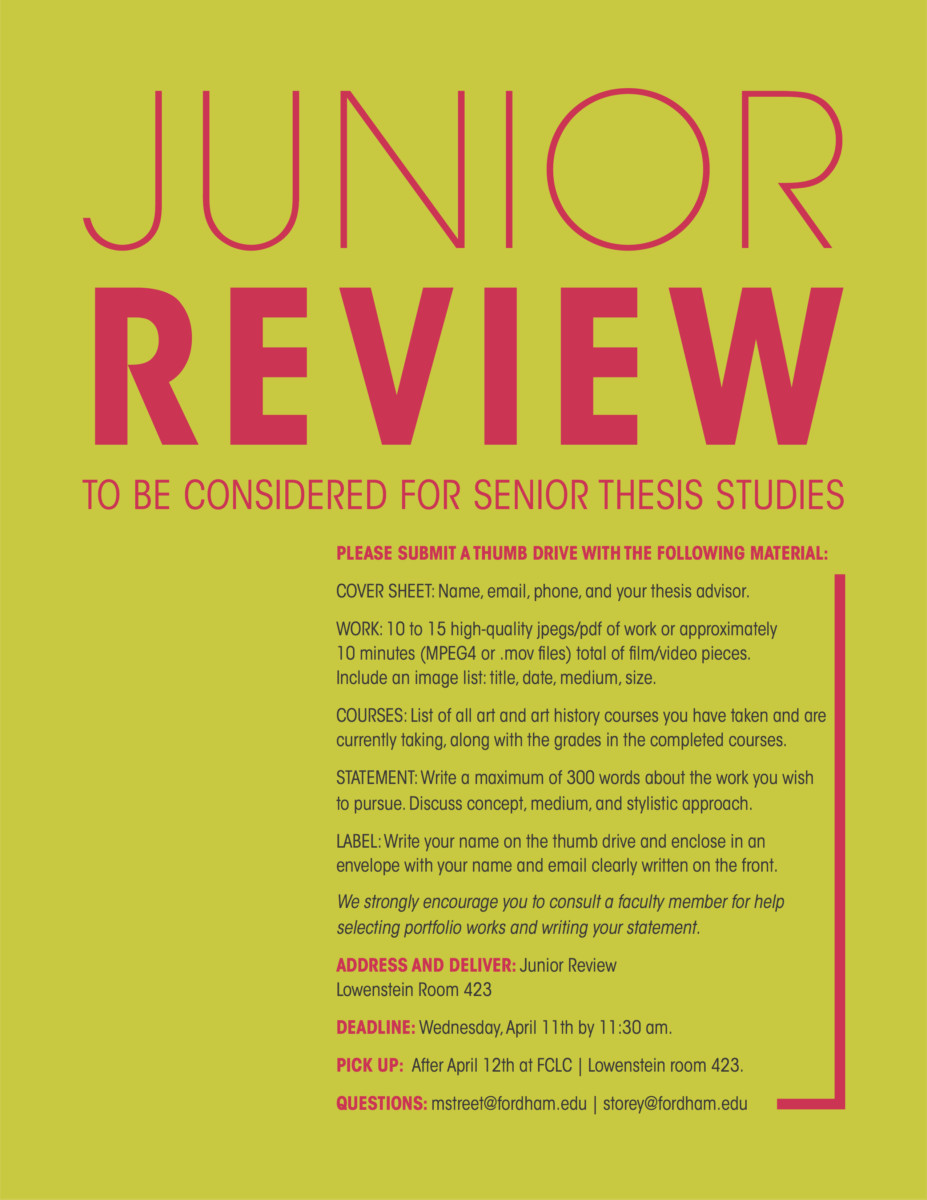
Read the article in Fordham News here.
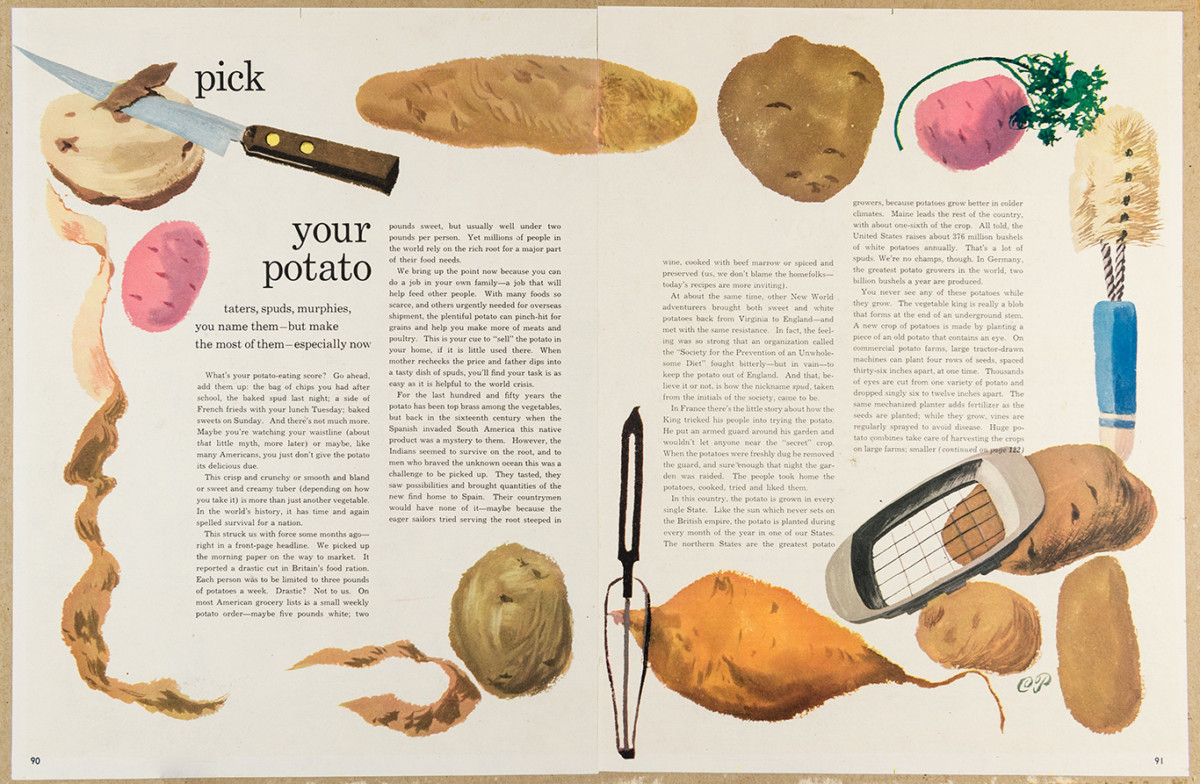
Curators: Wendy MacNaughton and Sarah Rich
Exhibition Advisor: Debbie Millman
Exhibition Coordinator: Abby Goldstein
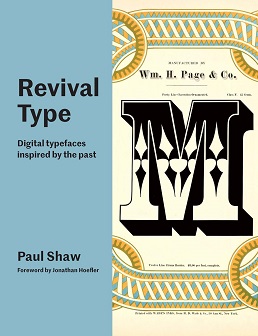
Prof. Abby Goldstein has been interviewed by the Yale Blog about her new book Revival Type: Digital Typefaces Inspired by the Past.
Revival Type: Digital Typefaces Inspired by the Past by Abby Goldstein and Paul Shaw is a new book that provides a fascinating, visually rich tour through typographic history. The book is the result of a close collaboration between Abby Goldstein and Paul Shaw that does not fit neatly into the usual author/designer paradigm. Their thoughtful and illuminating answers to our questions from the blog series From the Designer’s Desk, combined here, reflect their intertwined method of working on books together.
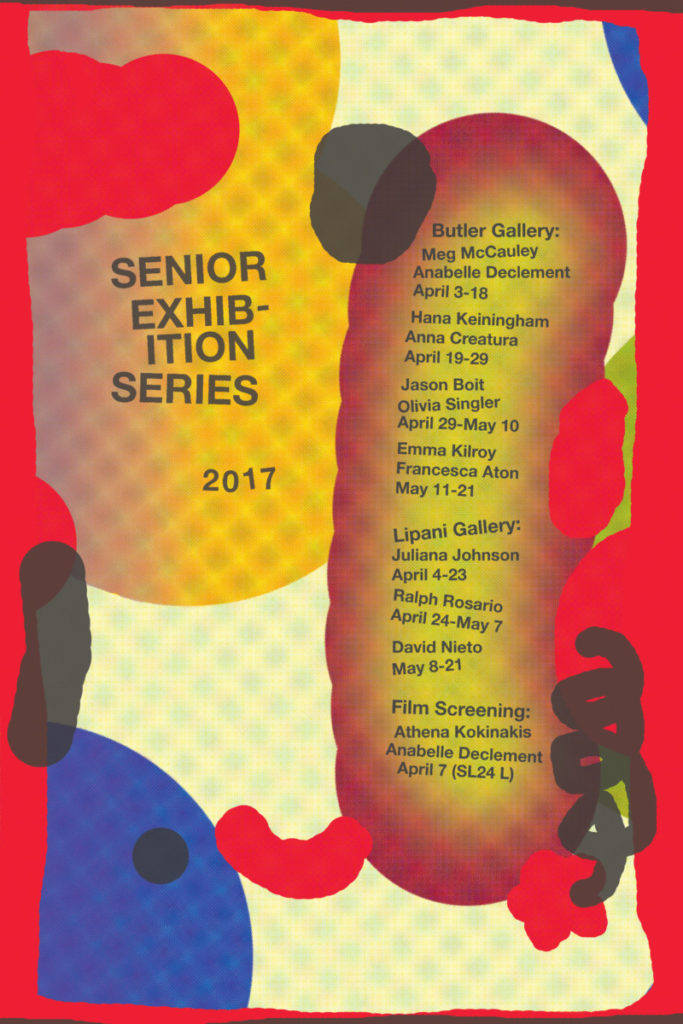
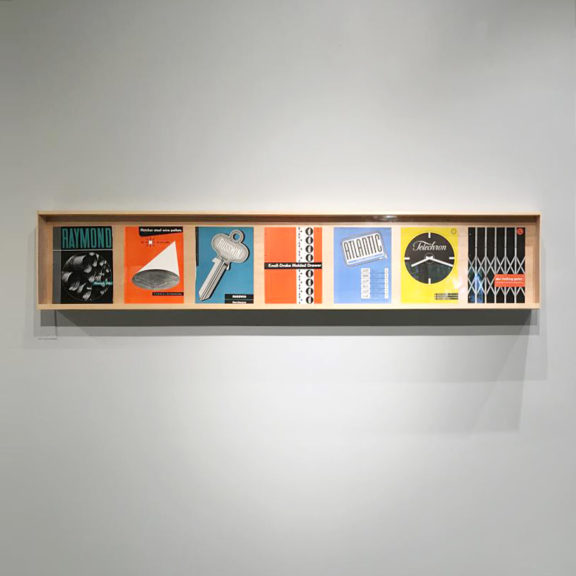
Ladislav Sutnar: Pioneer of Information Design, an exhibition that originated at Fordham’s Ildiko Butler Gallery is on view at Northeastern University’s 360 gallery:
Wed, June 22, 2016 – Sun, August 7, 2016
Gallery 360
Northeastern University, College of Arts, Media and Design
360 Huntington Ave., Boston, MA 02115
Monday through Friday, 11am – 7pm
Saturday 12pm – 5pm
Ladislav Sutnar was a master of making complex information simple. From 1941 to 1960, Sutnar, a Czechoslovakian immigrant who settled in New York City, served as the art director for F.W. Dodge Corporation’s Sweet Catalog Service. Sweet’s catalogs showcased plumbing, electrical, and building supplies that were marketed to the architecture and engineering trades. Sutnar and his team of writers and designers transformed the catalogs’ complicated product information into clear, concise, easy-to-understand images that were a precursor to the artistic discipline of information design. Sutnar used shapes, symbols, blocks of color, indexes, and other tools to help Sweet’s readers quickly and easily navigate each catalog page. This exhibit features more than 50 Sweet’s catalogs and other stunning artworks created by Sutnar. Curated by Patricia Belen and Greg D’Onofrio.
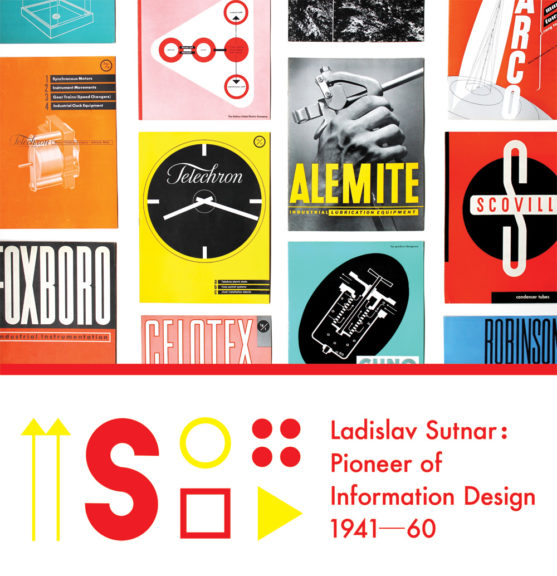
Ladislav Sutnar: Pioneer of Information Design
The Ildiko Butler Gallery
October 5 – December 14
Talk by Greg D’Onofrio on Wednesday, Oct 14th at 6:30pm
Closing Reception on December 8th at 6pm
The dissemination and configuration of information is more important than ever with the internet, mobile gadgets and social media as the default means of communication, commerce and research. Data organization and accessibility has its roots in the work of graphic designer, Ladislav Sutnar (1897-1976). From 1941–60, Sutnar, who had settled in New York City in 1939 after migrating from Czechoslovakia, served as the art director for F.W. Dodge Corporation’s Sweet’s Catalog Service, producers of a wide range of industrial catalogs. Sweet’s catalogs brought together into one source plumbing, electrical, and building supplies which were marketed to the architecture and engineering trades. Along with his team of researchers, writers and designers (including Director of Research Knud Lönberg-Holm), Sutnar transformed the complex language of product information into clear, concise, and easy to use visual communication. The attributes of these ground-breaking catalogs are the precursor to what we now refer to as information design.
Sutnar’s designs were rooted in the Modernist and Constructivist ideas of the European Avant Garde. His well-defined visual systems and standardized ways of navigating information integrated form and content into dynamic visual units. Sutnar controlled the flow of information using geometric shapes, symbols, blocks of color, thick rules, logical navigation aids, indexes and typographic hierarchy.
This exhibition is a rare opportunity to see over fifty Sweet’s catalogs along with other published work by Sutnar relating to information design. The examples show how careful analysis and fundamental problem solving can revolutionize new standards of form and function. Sutnar’s pioneering work is as relevant today as it was more than 74 years ago. He was a master at making the complex simple, an arduous challenge that continues to resonate today.
Ladislav Sutnar: Pioneer of Information Design is curated by Patricia Belen & Greg D’Onofrio – graphic designers, writers and educators. Please visit thisisdisplay.org for more information. Sponsored by The Visual Arts Department, Fordham University, organized by Abby Goldstein, Associate Professor with assistance from Margaret McCauley, BA 2017.